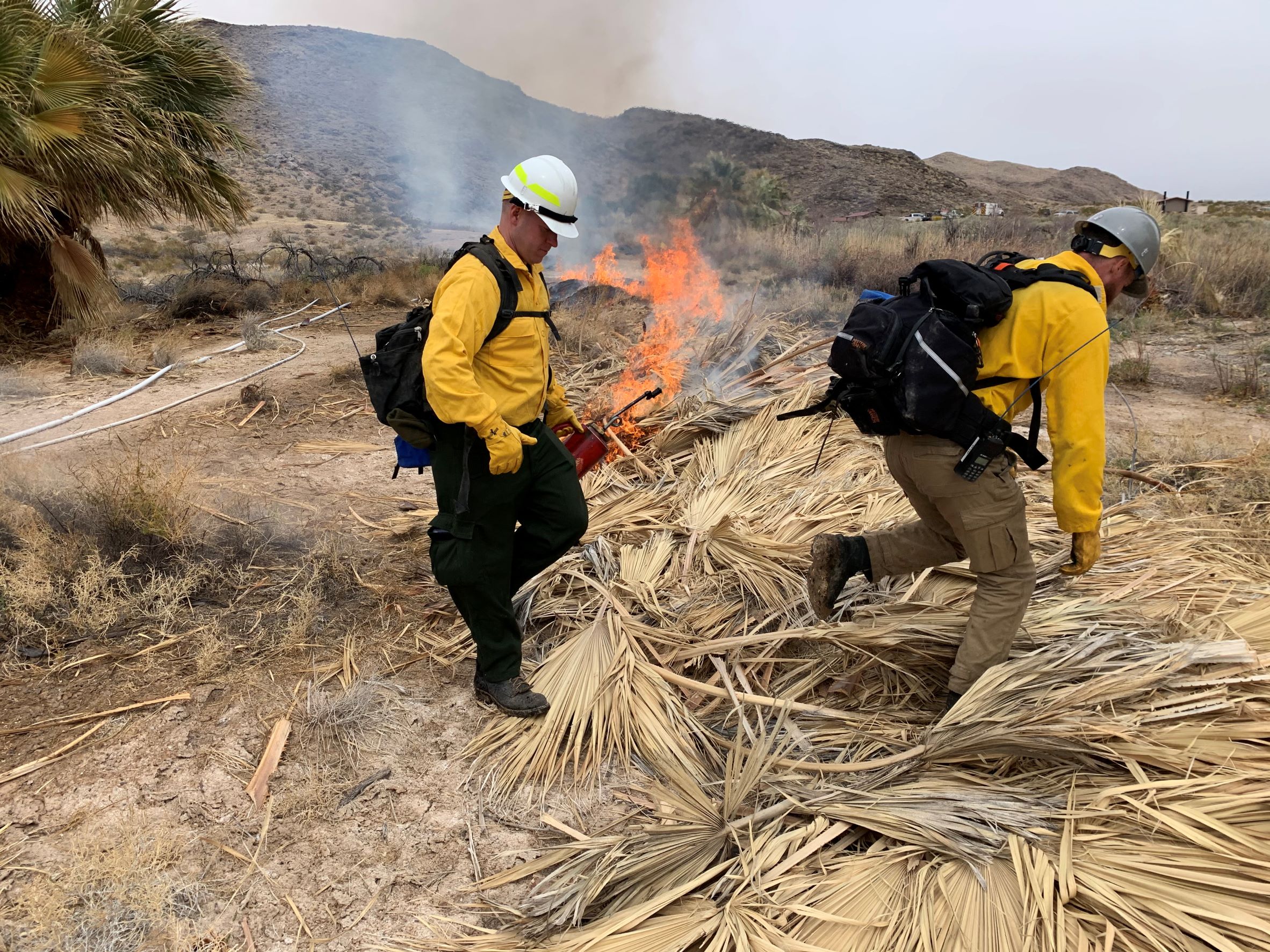News
News from Boulder, Colorado and Boulder Channel 1 News editors To advertise please call 303-447-8531

Boulder Prescribe burn continues Friday
May 5th
Boulder, Colo. – Boulder Fire-Rescue, in collaboration with Open Space and Mountain Parks (OSMP) and the Boulder County Sheriff’s Office, plans to continue its prescribed agricultural burn on city-managed open space
Should conditions allow burning to occur, you may see smoke in the area. All burning will be supervised and monitored by Boulder Fire-Rescue. Please do not call 911 for smoke from this burn today.
As a reminder, Boulder and our partner agencies schedule prescribed burns with significant consideration of multiple requirements. When the city implements a prescribed burn, firefighters trained in the preparation, lighting and supervision of prescribed fires will manage a team of wildland firefighter-certified staff to confine and contain the burn.
For more information, please see the city’s seasonal prescribed burn press release here: https://bouldercolorado.gov/

Boulder Bear Big Cat activity Spring
Apr 7th
Increased bear activity expected with the arrival of spring
Community members are encouraged to secure trash and animals
BOULDER, Colo. – With bears coming out of hibernation, the community can expect to see increased bear activity in Boulder. Community members may encounter black bears from time to time, as Boulder is home to sensitive wildlife habitats where bears and other wildlife species, including mountain lions, find food and shelter.
If community members see bears inside the city, do not follow them or disturb them. Call the city’s non-emergency dispatch number at 303-441-4444. If you see bears on open space, follow these tips from Open Space and Mountain Parks.
Community members are encouraged to help protect bears by ensuring trash containers are locked, because bears that come into town for food and find it are more likely to stay. If they stay, bears are at risk of being killed for a number of reasons, including being hit by vehicles, being electrocuted by power poles, ingesting harmful chemicals and losing their natural fear of people, which may result in euthanizing by wildlife officers.
To help protect bears, the city requires bear-resistant trash containers west of Broadway and south of Sumac Avenue. Bear-resistant containers are required everywhere in the city if trash and compost are put out the night before pickup. With increased bear activity reported east of Broadway in recent years, community members in this area are also encouraged to use bear-resistant trash and compost containers, store their waste in an enclosed garage or shed and contact their waste hauler for bear-resistant trash and compost containers if they don’t have them.
Community members should also be aware that livestock, fruit trees and bird feeders can attract bears. In the past few years there has been an increase in the number of goats preyed on by bears. Keep goats, chickens and bees in secure, protected locations. Hummingbird feeders are also easily accessible and calorically rich for bears, and it is recommended to remove bird feeders while bears are active. Learn more at bouldercolorado.gov/black-

Boulder Cat Killer sentenced to 12 Years!
Nov 18th

He killed Kitty!
Nathaniel Stark was sentenced to 12 years in the Department of Corrections animal abuse.
The defendant, had originally been sentenced to 10 years of Sex Offender
Intensive Supervision Probation on January 5, 2018. He was designated by the Court as a Sexually
Violent Predator. Shortly after being released from a halfway house in August 2019, the
defendant’s girlfriend’s animals began showing signs of injuries. Within three months of them
residing together, two of her cats were deceased. Veterinarians concluded that the injuries of one
of the cats was not inflicted by another animal, rather the cause of death was consistent with head
trauma and strangulation. Then, in February 2020, the defendant severely beat his girlfriend’s
dog. Veterinarians observed a significant amount of bruising between the dog’s hind legs, which
appeared to be caused by trauma commonly seen in abuse. There was additional deep bruising on
the dog’s back above her hind legs. The dog was removed from their custody immediately. The
defendant was later arrested in October 2020 for violating bond for having contact with
animals. After his arrest and while the cases were pending, he fled the state and was ultimately
extradited back to Colorado.
On May 13, 2022, the defendant entered a guilty plea in 20CR382 to one count of Aggravated
Cruelty to Animals, a class 6 felony; he, also, entered a guilty plea in L21M95 to Sex Offender
Fail to Verify Location, an unclassified misdemeanor. The sentence was open to the court, with
no sentencing stipulation by the People. The defendant requested a screen for community
corrections, and the board denied his request. Today, the Court imposed 12 years in state prison.
Deputy District Attorney Jenny McClintock stated, “The defendant’s abuse of his partner’s
animals in this case was just one act of violence in his criminal history. It is important to take
these cases seriously as they involve victims who have no voice and are often used as coercive
controlling tactics in a domestic violence relationship. We are pleased with the sentence that the
Court imposed and want to thank our law enforcement partners for the exceptional investigation
in this case.”
District Attorney Michael Dougherty stated, “This case involved terrible conduct against
animals. Given his prior conduct and the cruel acts involving his partner’s pets, the defendant.
clearly presented a risk to others. That’s why we have a prosecutor who specializes in cases
involving animal cruelty. I appreciate all the hard work by Jenny McClintock and law enforcement
in this Aggravated Cruelty to Animals case. With this lengthy prison sentence, this defendant is
being held responsible for his conduct.”





















